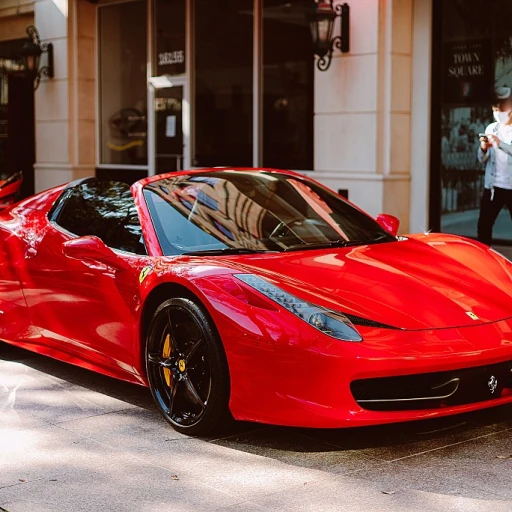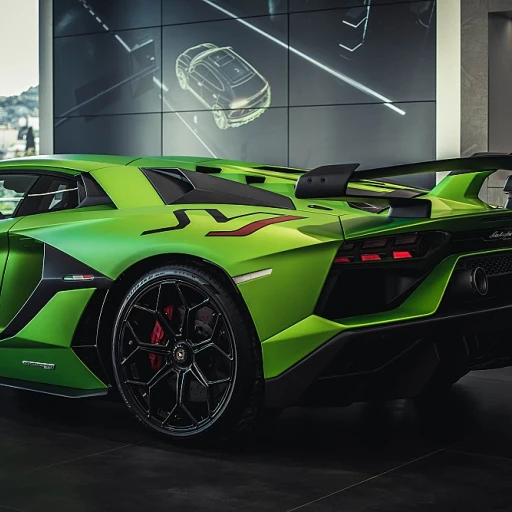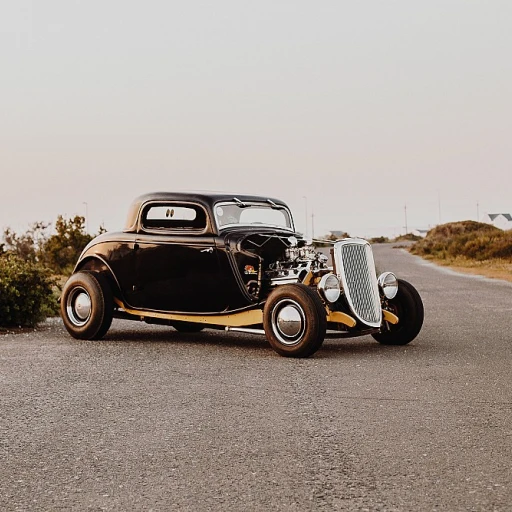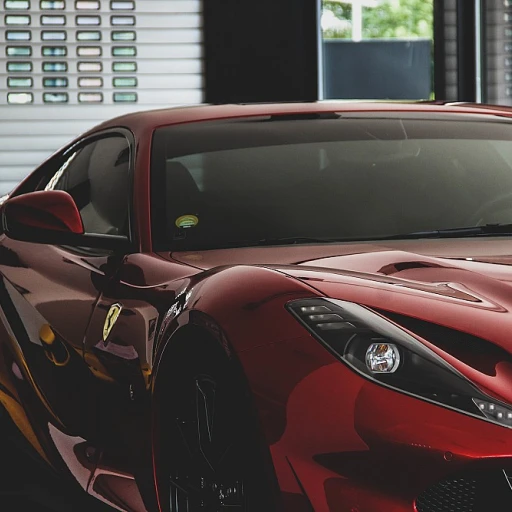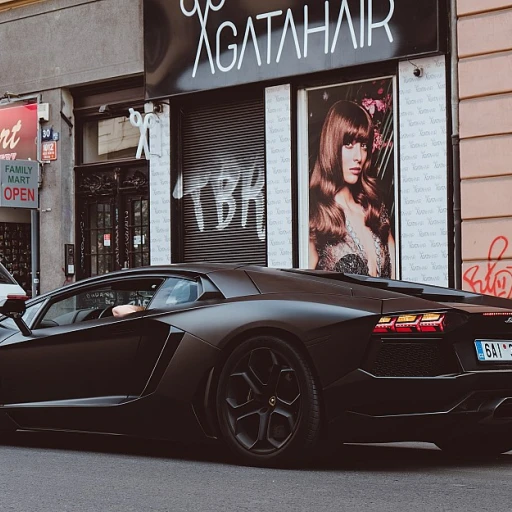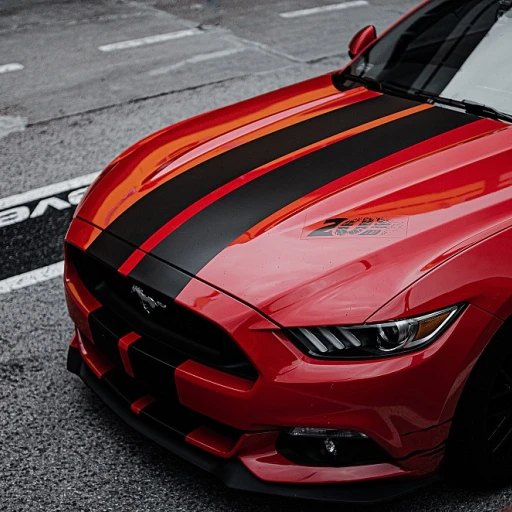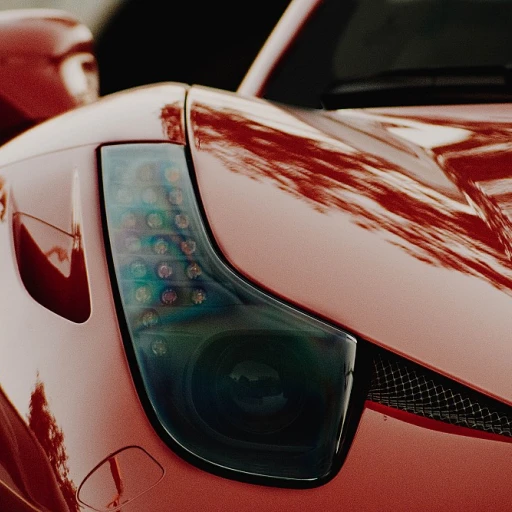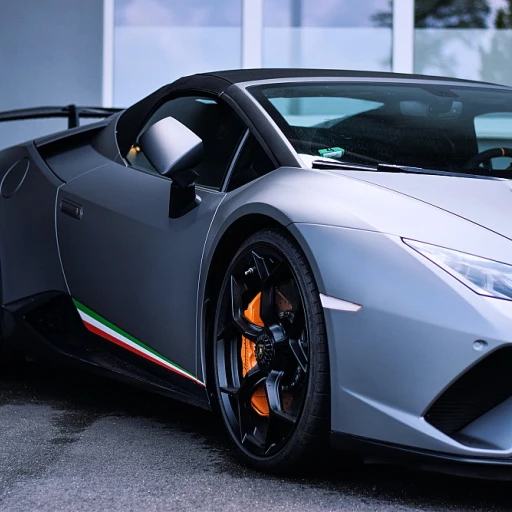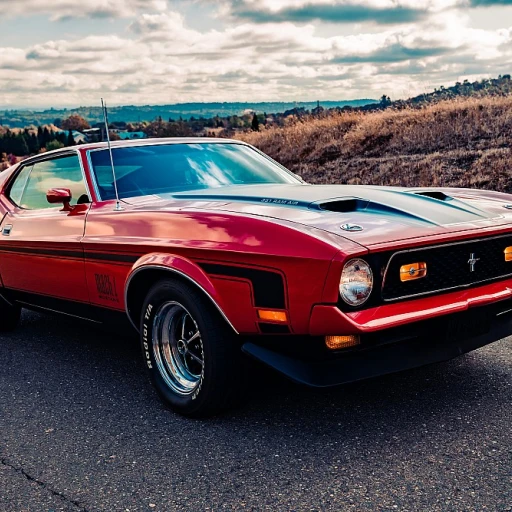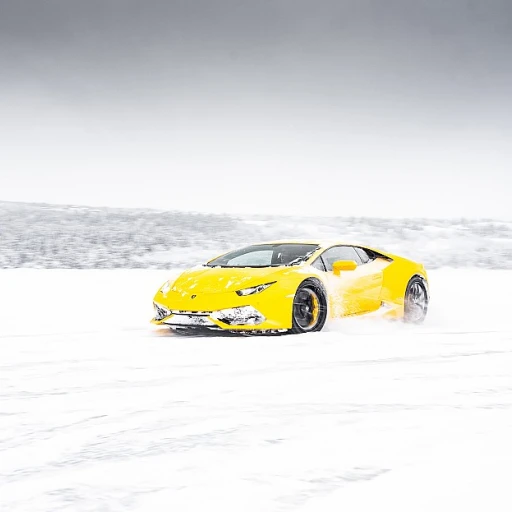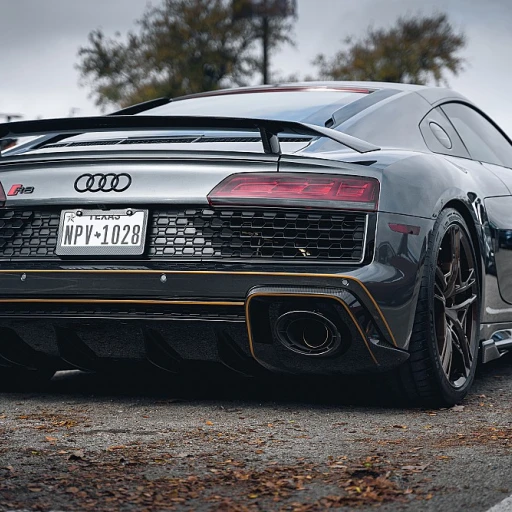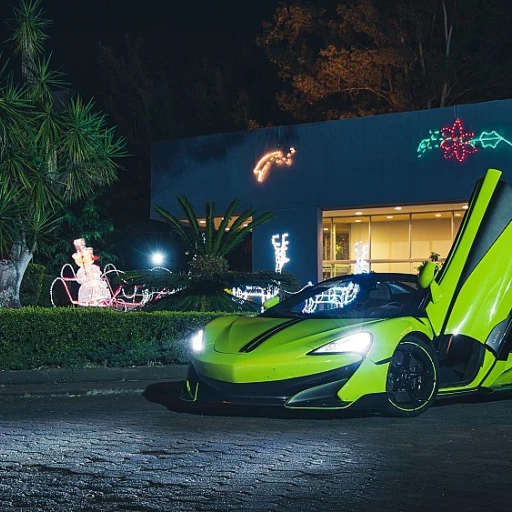
The Evolution of Electric Drivetrains
Trends in the Electric Luxury Market
The landscape of electric drivetrains has seen tremendous transformation over recent years, marking a significant progression in the automotive sector. This evolution is not only redefining the performance capabilities of vehicles but also reshaping their position within the luxury market. With environmental concerns gaining prominence, the trend towards electrification is becoming increasingly apparent. High-end automakers are investing heavily in electric technologies, aiming to deliver unparalleled driving experiences without compromising on eco-friendly credentials. Historically, electric vehicles (EVs) were sidelined, considered niche due to their range limitations and charging infrastructure. However, advancements in battery technology and powertrain efficiency have dispelled these constraints. Luxury electric cars now boast impressive ranges, competitive with their gasoline-powered counterparts. Enhanced performance features, coupled with seamless integration of innovative tech, cater to the discerning tastes of luxury car enthusiasts. The promise of a {"electric motor allows manufacturers to blend cutting-edge technology with traditional luxury aspects. This movement towards sustainable luxury transcends mere environmental virtue—it's a commitment to superior vehicular performance and enduring design. This shift is mirrored in the increasing rarity of traditional powertrains, sparking debates about the future of prized engines such as the W16. Discover more about the thrill of these engineering masterpieces here.Performance and Efficiency
Unleashing Power and Precision
In the realm of luxury vehicles, performance and efficiency are paramount. Electric drivetrains have revolutionized the way we perceive power and precision. Unlike traditional internal combustion engines, electric motors deliver instant torque, providing a seamless and exhilarating driving experience. This immediate power delivery is a hallmark of electric vehicles, setting them apart in the high-end automotive market.
Electric powertrains are not just about raw power; they are also about efficiency. The integration of advanced battery packs and power electronics ensures that energy is utilized optimally. Regenerative braking systems further enhance efficiency by converting kinetic energy back into electrical power, extending the range of the vehicle. This is a significant advantage over conventional fuel-based systems, where energy is often lost as heat.
Hybrid Systems: The Best of Both Worlds
For those who seek a balance between electric and traditional power, hybrid systems offer a compelling solution. These vehicles combine an electric motor with an internal combustion engine, providing flexibility and extended range. In a series hybrid setup, the engine generator charges the battery, which then powers the electric motor. Alternatively, parallel hybrids allow both the engine and electric motor to drive the wheels, optimizing performance and fuel efficiency.
Plug-in hybrids take this a step further by allowing the battery to be charged externally, reducing reliance on the combustion engine. This versatility makes hybrid electric vehicles an attractive option for luxury car enthusiasts who desire both performance and sustainability.
As we look to the future, the evolution of electric drivetrains continues to push the boundaries of what is possible in luxury vehicles. For more insights into the latest trends and innovations in this space, explore our detailed exploration of new luxury cars.
Design and Aesthetics
Reimagining Design in the Electric Luxury Segment
The shift towards electric drivetrains has not only revolutionized automotive performance and efficiency but also heralded a new era of design possibilities in luxury vehicles. The removal of the traditional internal combustion engine opens up considerable room for innovation, allowing designers to explore bolder and more dynamic aesthetics. Electric vehicles can boast a sleeker, more aerodynamic form factor. This is thanks largely to the absence of bulky engine components, which enables car designers to experiment with unconventional shapes and styles. This flexibility results in vehicles that not only offer state-of-the-art technology but also turn heads with their unique and elegant appearances. Moreover, the luxury car sector continually emphasizes customization options and bespoke design features that reflect the individual tastes of discerning customers. High-end electric models often serve as blank canvases ripe for personalization, integrating premium materials and innovative technologies that highlight the brand's commitment to luxury and excellence. These electric luxury cars also incorporate advanced lighting solutions with their design, utilizing LED technology and signature light patterns to create a distinct presence on the road. Collaboration between car designers and technology innovators ensures that every element of the vehicle, from the grille to the dashboard, aligns with a futuristic and luxurious aesthetic. Electric luxury vehicles redefine the traditional concept of car showmanship, providing an exceptional opportunity for luxury brands to redefine their image and reinforce their status at the forefront of the industry. By visiting the Mercedes 4K wallpapers page here, enthusiasts can explore how these design elements come to life visually.Challenges in Adoption
Barriers to a Seamless Transition
Navigating the adoption of electric drivetrains into the realm of high-end vehicles presents distinct challenges. While the evolution of electric drivetrains promises unparalleled performance and efficiency, the integration process is not without its hurdles. One significant challenge is infrastructure. Though electric vehicle (EV) charging networks are expanding, the availability of charging stations remains a concern, especially for long-distance travel. Luxury car owners, accustomed to elite conveniences, demand seamless access to fast-charging capabilities. This expectation places pressure on manufacturers and governments to invest in more comprehensive EV infrastructure. Battery technology, a crucial {{product_part}}, also presents challenges. While advancements have made electric vehicles more competitive, concerns about battery longevity and range anxiety linger. Consumers accustomed to the reliability of traditional engines may hesitate, awaiting further improvements in battery technology reliability and charging speed. The cost is another notable barrier. Though electric drivetrains offer long-term savings through reduced fuel expenses, the initial investment remains higher than their internal combustion engine counterparts. Furthermore, the integration of cutting-edge technology into luxury cars often leads to elevated costs that can daunt even affluent buyers. Finally, consumer education and perception play roles in the adoption of electric luxury vehicles. Potential buyers need to understand the benefits of electric drivetrains beyond environmental impact, such as their contribution to the vehicle's overall performance. Developing a broader acceptance means elevating the status of electric vehicles not just as eco-friendly options, but as aspirational symbols of luxury and innovation. While these challenges in adoption present considerable obstacles, addressing them paves the way for a future where electric luxury driving becomes synonymous with both style and substance.Sustainability and Environmental Impact
Environmental Considerations in Luxury Electric Vehicles
As the automotive industry shifts towards sustainability, luxury electric vehicles are at the forefront of this transformation. The integration of electric drivetrains in high-end vehicles is not just about performance and design; it also addresses the pressing need for reducing environmental impact.
Electric vehicles (EVs) offer a significant reduction in emissions compared to traditional internal combustion engine (ICE) vehicles. By utilizing electric motors and battery packs, these vehicles eliminate tailpipe emissions, contributing to cleaner air and a reduction in greenhouse gases. This shift is crucial in the luxury segment, where consumers are increasingly conscious of their carbon footprint.
Moreover, the efficiency of electric powertrains plays a pivotal role in sustainability. Electric motors convert electrical power into motion with minimal energy loss, unlike ICEs, which waste a significant amount of energy as heat. This efficiency translates into less energy consumption per mile, further enhancing the eco-friendly credentials of luxury EVs.
However, the production and disposal of battery packs present environmental challenges. The extraction of raw materials like lithium and cobalt can have significant ecological impacts. Therefore, the industry is investing in more sustainable battery technologies and recycling systems to mitigate these effects.
Regenerative braking systems in electric and hybrid electric vehicles also contribute to sustainability by capturing energy that would otherwise be lost during braking and feeding it back into the battery. This not only improves energy efficiency but also extends the range of the vehicle, making it a crucial feature in luxury EVs.
In conclusion, while challenges remain, the move towards electric drivetrains in luxury vehicles is a positive step towards a more sustainable future. The combination of advanced powertrain technologies and a commitment to reducing environmental impact positions luxury EVs as leaders in the automotive industry's green revolution.


